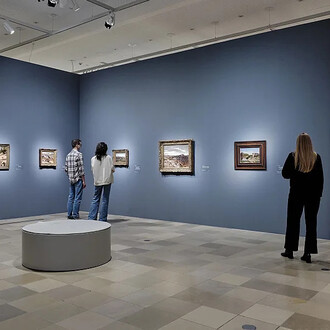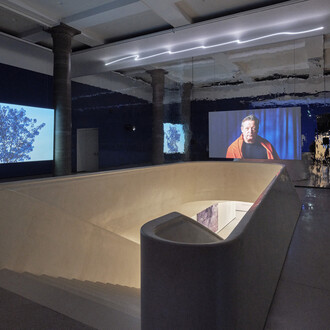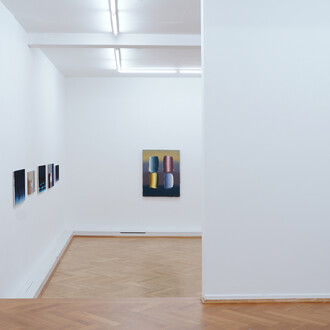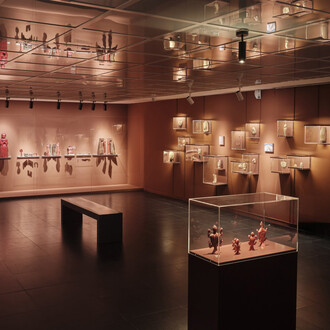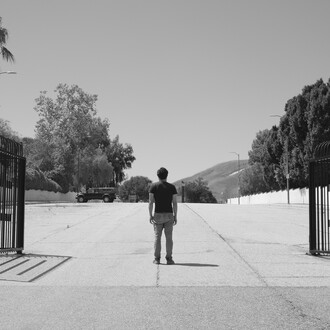In a special exhibition starting in the summer of 2019, the Städel Museum will explore the reciprocal relationships between woodcut and wooden sculpture in the oeuvres of Ernst Ludwig Kirchner (1880–1938), Erich Heckel (1883–1970) and Karl Schmidt-Rottluff (1884–1976). The show’s starting point is wood, which is more closely bound to the art of German Expressionism than any other material. What appealed to the artists especially about wood was its unevenness and grain, but also its differing hues and degrees of hardness. After Kirchner, Heckel and Schmidt-Rottluff together formed the “Brücke” artists’ association in Dresden in 1905, the woodcut became one of their most important artistic mediums. Until well into the 1920s/’30s, their specific mode of expression and the pleasure they took in experimentation were particularly evident in the works executed in this printing technique.
What is more, at around the time of their first woodcuts and in close connection to them, the three artists also carved reliefs, nude figures and heads in wood that influenced their woodcuts with regard to both form and content – and vice versa. Showcasing some ninety woodcuts, five woodcut blocks and a series of sculptures, the exhibition will explore the artists’ special approach to the printing technique and the handling of the material. The Städel will be able to draw on its own holdings – the collection of the Frankfurt art patron Carl Hagemann – for a large proportion of the works.





